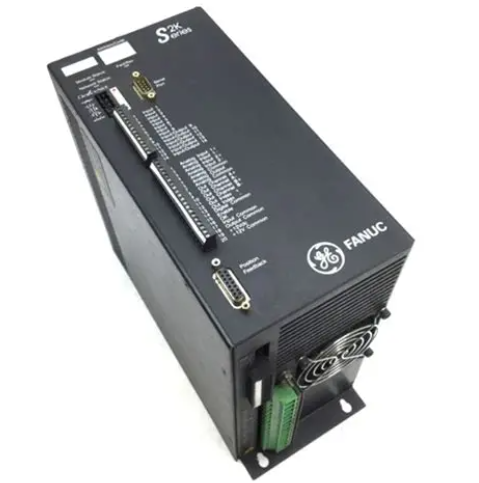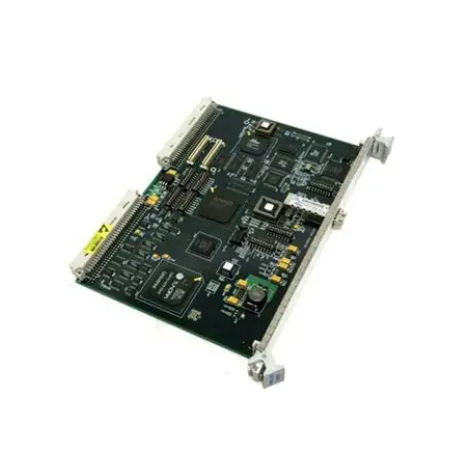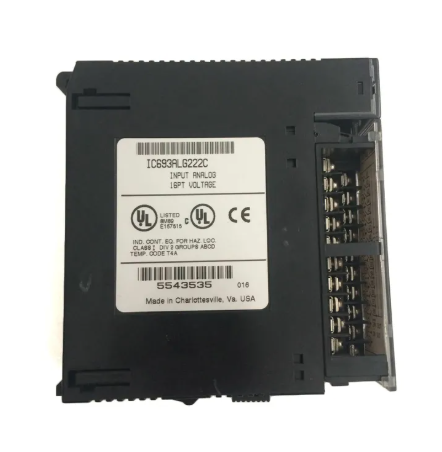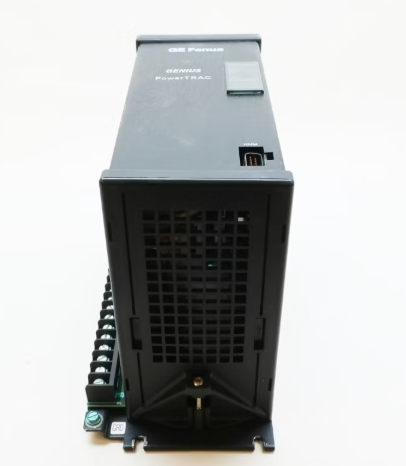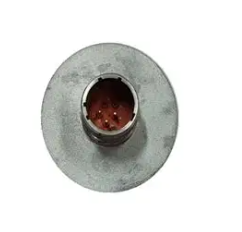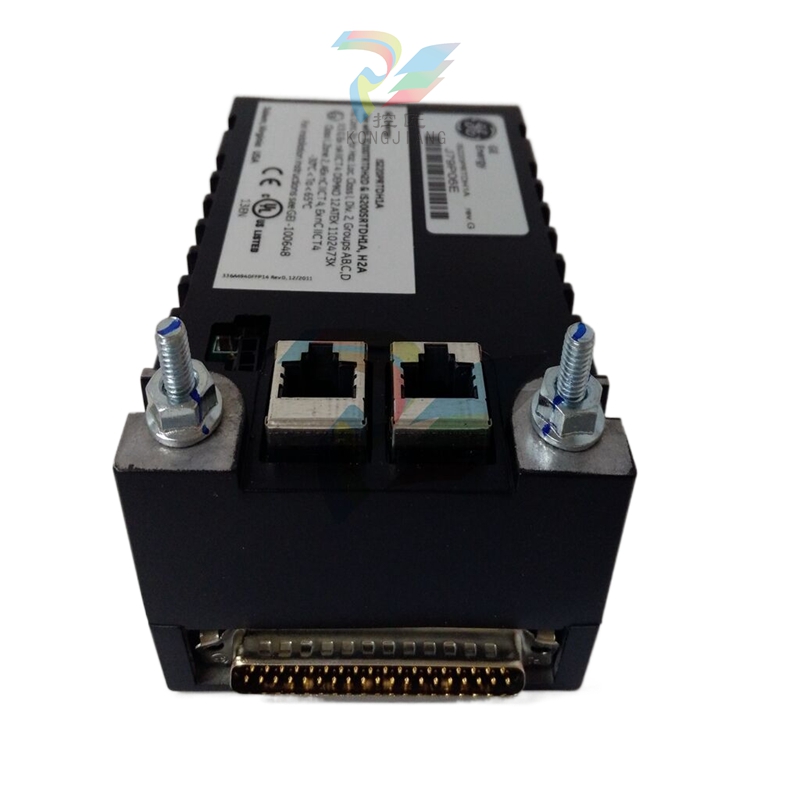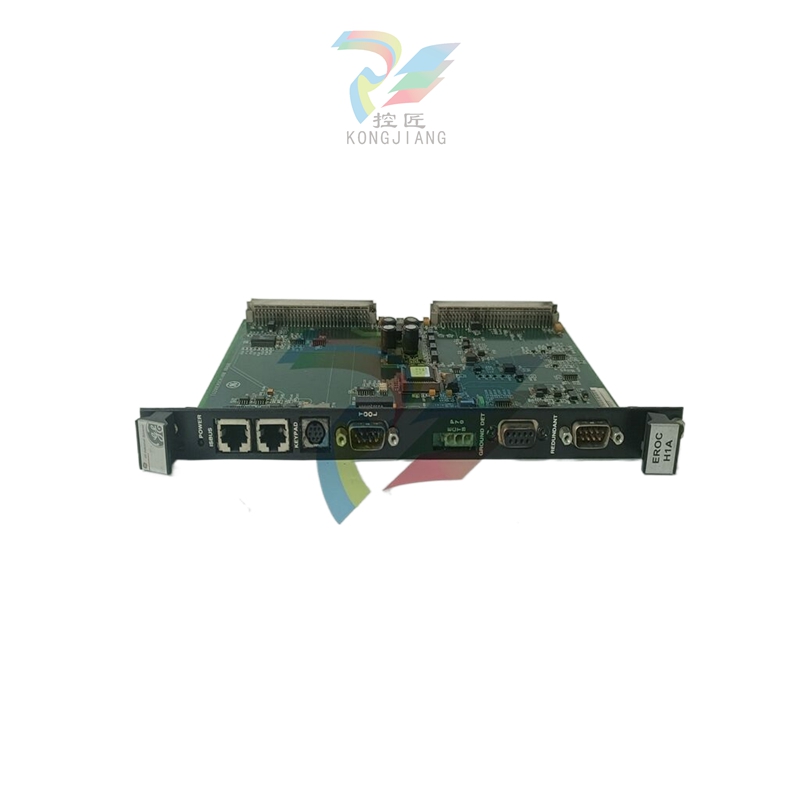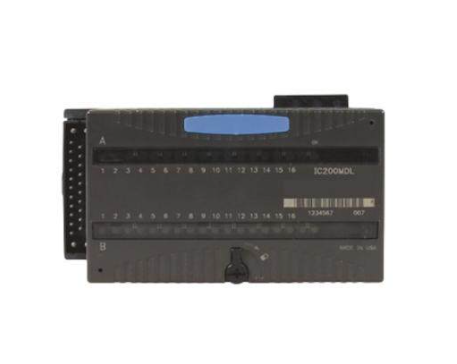In the era of parity, the three major trends of China's wind power development
On October 29, 10 fund companies focused on tracking the CSI wind power industry index related products, including 9 ETF funds and an over-the-counter index fund. The intensive attention of funds seems to indicate that the era of "wind power" in the capital market is coming.
Under the trend of "carbon neutrality", the biggest change in the world comes from the essential change in the energy structure, and new energy sources have gradually replaced traditional energy sources such as coal and fuel oil.
In 2020 alone, the installed capacity of the global new energy market will increase by 10%, from 2,572.5GW to 2,832.6GW. In the new 260.1GW of new installed capacity, photovoltaic units and wind turbines accounted for 53.4% and 35.8% of the share, respectively. According to this trend, photovoltaic power generation and wind power generation are expected to become the core force of future global development.
However, in the capital markets, the photovoltaic concept and the wind power concept have come out of the different stock price trends. Compared with the hot photovoltaic concept, although the concept of wind power has also grown as a whole, it is much lower whether it is the price increase or the market attention.
What is the reason for the low attention on wind power? What are the industrial development opportunities behind this underrated track?

01 The wind power industry has changed
Although photovoltaic and wind power are the same new energy industry, wind power has always given a very mediocre impression, and even many investors regard it as a traditional manufacturing industry. The fundamental reason is that the "once" wind power is not cost-effective.
The principle of wind power is very simple, is to use the natural flow of wind to blow the wind turbine rotation, drive the generator work, thereby converting the kinetic energy of the wind into electricity. However, although the power generation principle is simple, it is difficult to really use wind power for the people.
As we all know, the wind in nature is not under human control. Because of the uncertainty of wind, wind direction and wind speed, the cycle of wind power generation is also not fixed, which causes great difficulties for power grid connection.
When wind power was just emerging, China had large-scale construction of wind power plants in the three North (northwest, northeast, North China) areas, hoping to quickly control wind power generation.
Ideal is very plump, reality is very bony. Because the power grid is instantaneous, and the wind power generation is not controlled, so when the power generation exceeds the capacity of the local power grid, it will cause a burden to the entire power grid, resulting in many times only by shutting down the way to suspend power generation to ensure the stable operation of the grid, which caused the phenomenon of wind curtailment.
Before 2017, China's wind abandonment rate almost always remained above 10%, and in some areas, the wind abandonment rate even exceeded 20%, resulting in serious waste.
Data sources: China Energy Network, National Energy Administration, Soochow Securities Research Institute
In essence, the most important measure of power generation efficiency is the cost of power generation. The cost of wind power generation consists of three main parts: the one-time acquisition cost of the unit, the entire project operating cost, and the equipment maintenance cost.
In the early development of wind power, the industry's various technologies are not mature enough, so the manufacturing cost is not cheap, coupled with the phenomenon of abandoned wind caused by blind expansion, so the cost of wind power was once much higher than that of thermal power.
At the same time, because the wind is often remote, the power grid is difficult to keep up in the short term, and the power grid absorption capacity is hopeless, which has caused the electricity is not a very good business for a long time.
But that has changed radically. With the maturity of wind motor manufacturing technology and the improvement of supporting power grids, the national wind curtailment rate has been reduced to 3.5%, and the cost of wind power has plummeted.
Since 2018, the three northern regions have greatly improved their consumption capacity, and gradually began to lift the ban on installed capacity, and the growth of regional installed capacity has increased. On the basis of the increase of installed capacity, the wind curtailment rate in the three North regions has not increased simultaneously, indicating that China's wind power industry has achieved comprehensive development.
Looking at the global market, onshore wind power has become the most mature new energy generation method, and its cost is not only lower than photovoltaic power generation, but even lower than the cost of hydropower. Focusing on the domestic, the continuous innovation of the industry makes the cost of wind power in China is expected to fall to 0.1 yuan/KWH in 2025.
Policy level analysis, China's wind power industry is about to fully enter the era of parity. Onshore wind power will enter a full parity development stage after 2021, and price subsidies will completely decline, which also proves that China's wind power technology has been fully mature.
Subsidies will inevitably put forward higher requirements for wind power enterprises, improve efficiency will be the main theme of the "parity era", and "iteration" will become the core keyword of the industry.
Based on this, we believe that the future development of wind power will continue three iterative directions: product iteration, technology iteration, and model iteration.

02 Product iteration: big generation small
Cost is the core indicator of the energy industry, so reducing cost and increasing efficiency is the core direction of wind power development.
The energy efficiency improvement of wind power mainly depends on the large-scale of fans. Although the cost of large fans is high, the power generation is high, which can significantly spread the cost of fan power generation. At present, the wind power industry's most cutting-edge fan enterprises have launched 6-7MW large fans, and wind turbines are developing in the direction of "large capacity".
The large-scale development of China's wind power industry should be calculated from 2008, when China's wind power industry technology is not mature, resulting in early units with small power, poor quality, low cost performance, and even a lot of micro-fans under 1MW.
Looking back in history, before 2012, China's new wind turbines were almost all under 2MW, until 2016, more than 2.5MW units began to gradually become popular.
The installation of wind turbines is not complete, but also needs to pay long-term maintenance costs. Early immature technology led to poor unit performance and high maintenance costs, so small fans are not cost-effective. Many operating companies found that the small fans installed at the beginning could not even earn back the maintenance and operation costs, so they simply suspended maintenance and abandoned them into "orphan units".
And those who are "lucky" to operate the unit actually have many problems, such as equipment aging, wind sheet fracture, speed down the tower and so on. Even some units have difficulties in maintenance, early imported technology is immature, and the general rate of parts is low, which leads to a lot of manpower and material resources for maintenance.
Despite the technical defects, but the early wind turbine is not useless, early layout to help enterprises grab the excellent tuyere point, in the wind power technology more mature today, those excellent tuyere point is expected to be replaced into a larger unit, providing new increments.
According to the Energy Research Institute of the National Development and Reform Commission, the cumulative transformation and decommissioning capacity of wind turbines in the country will exceed 60 million kilowatts in 2021-2030. Among them, 20 million kilowatts will be completed by 2025, and units below 1.5MW will be the main objects of retirement or transformation.
With the laying of the power grid and the promotion of the "large generation of small" units, China's wind power industry is expected to enter the golden period of double increase in operating time and installed capacity, and wind power operation efficiency may be significantly improved.
"Replacing small with large" is a comprehensive product iteration of China's wind power industry, mainly for the upgrading of backward units. Under this trend, in addition to the wind turbine manufacturing enterprises will benefit, the early layout of wind farm operators are also expected to profit. Such as Longyuan Power, Datang New energy, Huaneng International, Guodian Power and so on.
Large-scale wind turbines will become the core direction of product iteration in the wind power industry.

03 Technology iteration: semi-direct drive is the future direction
In just 12 years, China's wind power industry has evolved from high costs to an era of parity. It can be said that the development of China's wind power industry is extremely rapid, and it is also a few industries that can have international competitiveness.
By category, the wind power industry is divided into onshore wind and offshore wind.
Looking at the development trend of the industry, the current onshore wind power technology has been extremely mature, the technical threshold is very low, the competition is fierce, and it is about to enter the era of parity. In contrast, the offshore wind power market has a large potential, with a small area, high wind speed, large electricity, and high economic benefits. Due to special geographical environmental factors, offshore wind turbines have certain technical threshold requirements for wind turbines, and are expected to become the focus of global wind turbine manufacturing enterprises in the future.
From a technical point of view, there are three types of wind turbines: doubly-fed, direct drive and semi-direct drive. Among them, doubly-fed and direct drive are the mature mainstream routes, while semi-direct drive is the direction of future wind power technology iteration.
In terms of structure, the biggest difference between doublefed technology and direct drive technology is whether the "gear box" is connected.
The impeller of the doubly-fed unit is connected to the generator rotor through a growth gear box. Due to the support of the growth gear box, the wind turbine does not need to speed regulate when sending power to the constant frequency grid, the active and reactive power can be adjusted independently, and the capacity of the rotor excitation converter is small. At present, most units in the world use doubly-fed technology.
However, the disadvantages of doubly-fed technology are also obvious, that is, the wind speed is very high, it is easy to occur off-grid phenomenon, if the wind speed is very low, even if there is gear acceleration, it is difficult to generate power, there are certain limitations. At the same time, due to the existence of the gear box, the repair cost is increased.
The impeller of the direct drive technology is directly connected to the generator, eliminating the need for an acceleration gearbox, and the rotor is excited by the permanent magnet, without the need for an external excitation power supply. The generator of direct drive unit is connected to the grid through the full power converter, which has the advantages of high efficiency, low noise and strong low voltage crossing ability.
Disadvantages, the motor and electronic device cost is high, the motor weight is large, in order to adapt to low wind speed need to be equipped with a lot of logpole, resulting in a large motor volume, and can only be cooled by water cooling.
The location of offshore wind power is special and the wind is changeable, which greatly increases the maintenance cost. Therefore, doubly-fed units with high maintenance cost are not suitable for offshore scenarios. Although the direct drive unit can generate electricity normally, it is too heavy, and there are problems in installation and transportation. Therefore, doubly-fed units and direct-drive units are not the best choice for offshore scenarios.
At present, the iterative direction of fan technology is semi-direct drive motor. Semi-direct drive combines the advantages of direct drive and doubly-fed, avoiding the disadvantages of both sides, and is recognized by the industry as the next generation of wind turbine technology.
The impeller of the semi-direct drive unit is connected with the rotor of the permanent magnet synchronous generator through the medium speed gearbox, and the full power converter is connected. Compared with direct drive, semi-direct drive increases the medium-speed gearbox, and the rotor speed of the generator is higher than that of the permanent magnet direct drive, which can reduce the magnetic pole number of the rotor of the permanent magnet synchronous generator, and is conducive to reducing the volume and mass of the generator.
Nowadays, semi-direct drive has become a must-have for wind turbine manufacturers, and even who can do a good job of semi-direct drive may become the leader of the future.
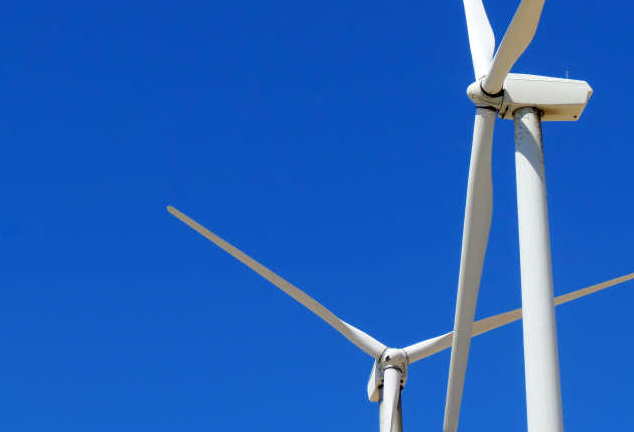
Focusing on domestic companies, Goldwind Technology is the absolute leader, ranking second only to Vestas in global shipments, with a market share of 12.8%. However, the stock price trend of Goldwind technology in the past year has been exploded by Yang Mingzhi, the reason is that the research and development of semi-direct drive units.
Mingyang Intelligent is the first company to lay out semi-direct drive technology in China. In 2008, Mingyang Intelligent introduced semi-direct drive technology from aerodyn, a European wind power design company, which began the semi-direct drive layout.
Since 2015, Mingyang Intelligent has gradually replaced the past double-fed units with semi-direct drive products. The 2020 annual report shows that Mingyang Intelligent has sold a total of 5658MW units, of which the sales capacity of semi-direct drive products accounts for 93%.
It is thanks to the success of semi-direct drive technology that Mingyang Intelligent is expected to launch a strong challenge to Goldwind Technology. Of course, Goldwind Technology has also had a reserve in semi-direct drive technology, but the product volume still needs time to precipitate.
04 Model iteration: The imagination of decentralized wind power
Wind power generation has high geographical requirements, so the wind power is mainly concentrated in the north of China.
With the continuous improvement of the penetration rate of the domestic onshore wind power industry, the excellent tuyere location has been rapidly reduced. In the future, there will have to be fewer large centralized wind power plants, which are likely to be replaced by decentralized wind power.
The so-called distributed wind power refers to the layout of wind power around the power load center, not for the purpose of long-distance transportation. These distributed wind power is often distributed near key cities, using the nearest approach to the network, real-time rapid consumption.
From 2012 to 2019, the cumulative installed capacity of decentralized wind power in China increased from 60MW to 935MW, with a compound annual growth rate of nearly 41%. In 2019, the newly installed decentralized wind power capacity in China was 300MW, accounting for only about 1% of the new domestic suspended wind power scale, which shows that distributed wind power is in the embryonic stage.
In terms of the overall scale, the proportion of distributed wind power projects in China is very small, but this does not affect our imagination of distributed wind power.
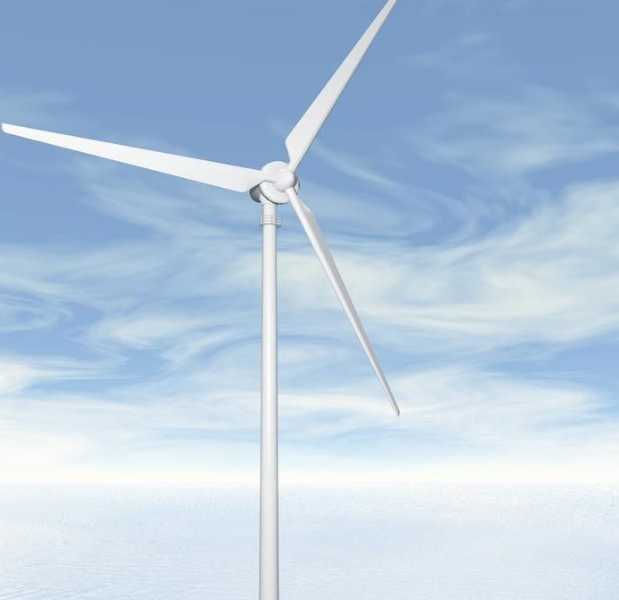
Distributed wind power is not the imagination of the sky, in fact, it has been mature in Denmark, Germany and other European countries. Distributed applications are even the first form of wind power in Europe, with fans scattered around airports, ports, and communities.
This year, distributed rooftop photovoltaic has begun to be promoted in many areas of China, drawing on this, distributed wind power is also expected to become the next strategic project to focus on promotion.
On October 17, more than 600 wind power enterprises jointly launched the "Wind Power Partnership Action · Zero Carbon City Fumei Village" plan in 118 cities, and announced the specific plan: During the "14th Five-Year Plan" period, 10,000 fans will be installed in 100 counties and 5,000 villages nationwide, with a total installed capacity of 50 million kilowatts.
Although it is still far away from the full landing of distributed wind power, distributed wind power may become the most powerful energy supplement for local power shortage in China. The pattern from centralized to decentralized has become the third trend in China's wind power.
With large-scale products, semi-direct technology and distributed models, there are still many opportunities for the development of the wind power industry. Although the arrival of the era of parity may cause short-term pain for wind power enterprises, with the further improvement of operational efficiency, China's wind power industry still has obvious growth potential.
- EMERSON
- Honeywell
- CTI
- Rolls-Royce
- General Electric
- Woodward
- Yaskawa
- xYCOM
- Motorola
- Siemens
- Rockwell
- ABB
- B&R
- HIMA
- Construction site
- electricity
- Automobile market
- PLC
- DCS
- Motor drivers
- VSD
- Implications
- cement
- CO2
- CEM
- methane
- Artificial intelligence
- Titanic
- Solar energy
- Hydrogen fuel cell
- Hydrogen and fuel cells
- Hydrogen and oxygen fuel cells
- tyre
- Chemical fiber
- dynamo
- corpuscle
- Pulp and paper
- printing
- fossil
- FANUC
- Food and beverage
- Life science
- Sewage treatment
- Personal care
- electricity
- boats
- infrastructure
- Automobile industry
- metallurgy
- Nuclear power generation
- Geothermal power generation
- Water and wastewater
- Infrastructure construction
- Mine hazard
- steel
- papermaking
- Natural gas industry
- Infrastructure construction
- Power and energy
- Rubber and plastic
- Renewable energy
- pharmacy
- mining
- Plastic industry
- Schneider
- Kongsberg
- NI
- Wind energy
- International petroleum
- International new energy network
- gas
- WATLOW
- ProSoft
- SEW
- wind
- ADVANCED
- Reliance
- YOKOGAWA
- TRICONEX
- FOXBORO
- METSO
- MAN
- Advantest
- ADVANCED
- ALSTOM
- Control Wave
- AB
- AMAT
- STUDER
- KONGSBERG
- MOTOROLA
- DANAHER MOTION
- Bently
- Galil
- EATON
- MOLEX
- Triconex
- DEIF
- B&W
- ZYGO
- Aerotech
- DANFOSS
- KOLLMORGEN
- Beijer
- Endress+Hauser
- MOOG
- KB
- Moxa
- Rexroth
- YAMAHA
- Johnson
- Westinghouse
- WAGO
- TOSHIBA
- TEKTRONIX


Email:wang@kongjiangauto.com

















































































































